Rafael Morales
Entropic Hetero-Associative Memory
Nov 02, 2024



Abstract:The Entropic Associative Memory holds objects in a 2D relation or ``memory plane'' using a finite table as the medium. Memory objects are stored by reinforcing simultaneously the cells used by the cue, implementing a form of Hebb's learning rule. Stored objects are ``overlapped'' on the medium, hence the memory is indeterminate and has an entropy value at each state. The retrieval operation constructs an object from the cue and such indeterminate content. In this paper we present the extension to the hetero-associative case in which these properties are preserved. Pairs of hetero-associated objects, possibly of different domain and/or modalities, are held in a 4D relation. The memory retrieval operation selects a largely indeterminate 2D memory plane that is specific to the input cue; however, there is no cue left to retrieve an object from such latter plane. We propose three incremental methods to address such missing cue problem, which we call random, sample and test, and search and test. The model is assessed with composite recollections consisting of manuscripts digits and letters selected from the MNIST and the EMNIST corpora, respectively, such that cue digits retrieve their associated letters and vice versa. We show the memory performance and illustrate the memory retrieval operation using all three methods. The system shows promise for storing, recognizing and retrieving very large sets of object with very limited computing resources.
Entropic associative memory for real world images
May 21, 2024Abstract:The entropic associative memory (EAM) is a computational model of natural memory incorporating some of its putative properties of being associative, distributed, declarative, abstractive and constructive. Previous experiments satisfactorily tested the model on structured, homogeneous and conventional data: images of manuscripts digits and letters, images of clothing, and phone representations. In this work we show that EAM appropriately stores, recognizes and retrieves complex and unconventional images of animals and vehicles. Additionally, the memory system generates meaningful retrieval association chains for such complex images. The retrieved objects can be seen as proper memories, associated recollections or products of imagination.
Entropic Associative Memory for Manuscript Symbols
Feb 17, 2022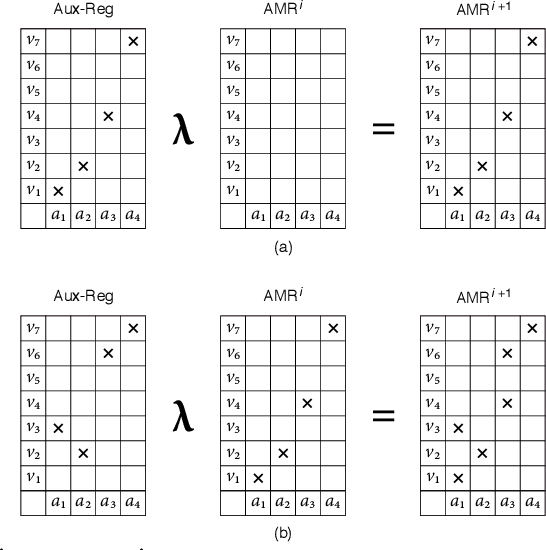
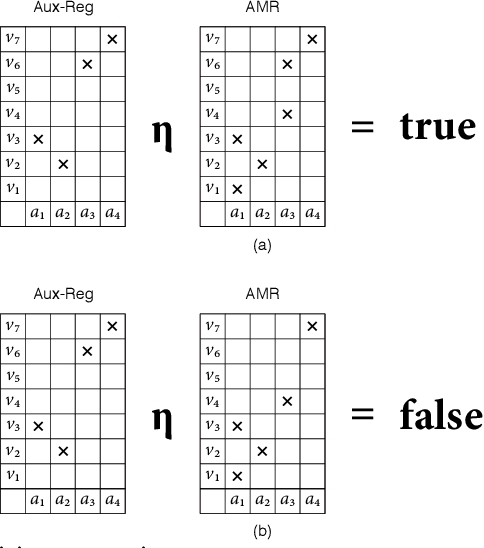
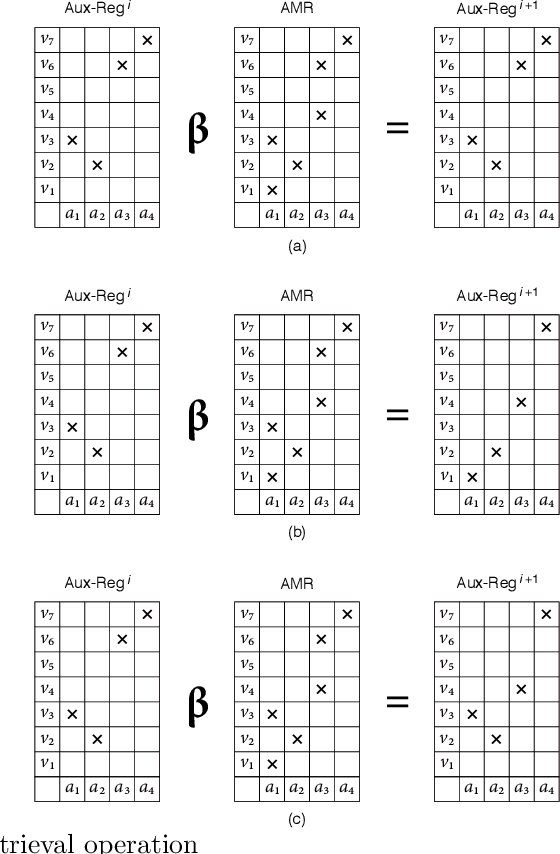
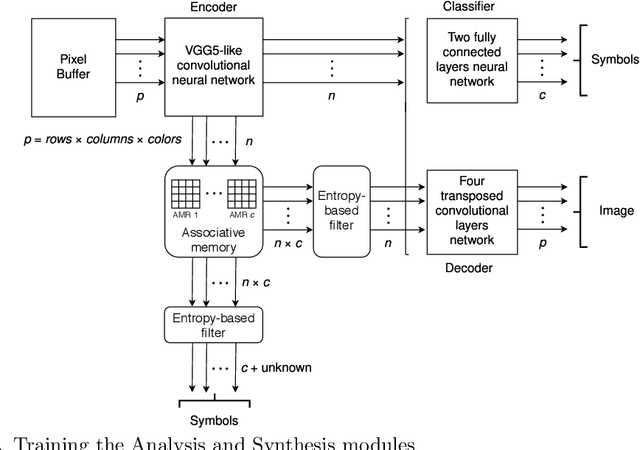
Abstract:Manuscript symbols can be stored, recognized and retrieved from an entropic digital memory that is associative and distributed but yet declarative; memory retrieval is a constructive operation, memory cues to objects not contained in the memory are rejected directly without search, and memory operations can be performed through parallel computations. Manuscript symbols, both letters and numerals, are represented in Associative Memory Registers that have an associated entropy. The memory recognition operation obeys an entropy trade-off between precision and recall, and the entropy level impacts on the quality of the objects recovered through the memory retrieval operation. The present proposal is contrasted in several dimensions with neural networks models of associative memory. We discuss the operational characteristics of the entropic associative memory for retrieving objects with both complete and incomplete information, such as severe occlusions. The experiments reported in this paper add evidence on the potential of this framework for developing practical applications and computational models of natural memory.
An Entropic Associative Memory
Sep 28, 2020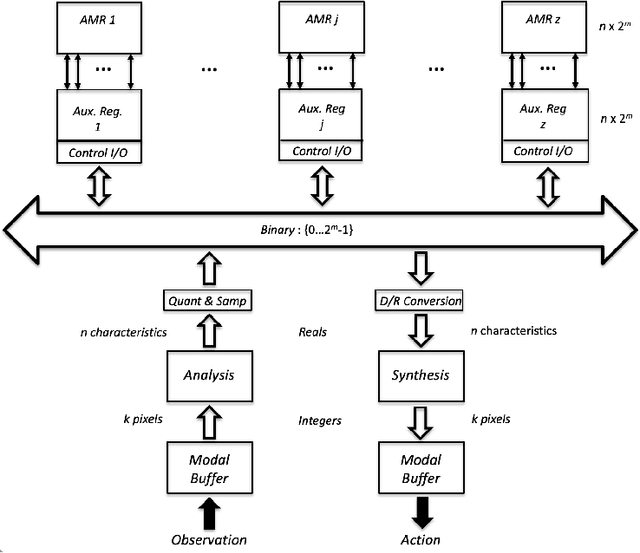



Abstract:Natural memories are associative, declarative and distributed. Symbolic computing memories resemble natural memories in their declarative character, and information can be stored and recovered explicitly; however, they lack the associative and distributed properties of natural memories. Sub-symbolic memories developed within the connectionist or artificial neural networks paradigm are associative and distributed, but are unable to express symbolic structure and information cannot be stored and retrieved explicitly; hence, they lack the declarative property. To address this dilemma, we use Relational-Indeterminate Computing to model associative memory registers that hold distributed representations of individual objects. This mode of computing has an intrinsic computing entropy which measures the indeterminacy of representations. This parameter determines the operational characteristics of the memory. Associative registers are embedded in an architecture that maps concrete images expressed in modality-specific buffers into abstract representations, and vice versa, and the memory system as a whole fulfills the three properties of natural memories. The system has been used to model a visual memory holding the representations of hand-written digits, and recognition and recall experiments show that there is a range of entropy values, not too low and not too high, in which associative memory registers have a satisfactory performance. The similarity between the cue and the object recovered in memory retrieve operations depends on the entropy of the memory register holding the representation of the corresponding object. The experiments were implemented in a simulation using a standard computer, but a parallel architecture may be built where the memory operations would take a very reduced number of computing steps.
 Add to Chrome
Add to Chrome Add to Firefox
Add to Firefox Add to Edge
Add to Edge